In the realm of photography, accessibility has always been a key factor in determining who can participate in this art form. With the advent of AI photography, we’re witnessing a significant shift in this landscape. Let’s explore how AI is democratizing art and changing the way we think about photography.
The Democratization of Photography
Traditionally, high-quality photography required expensive equipment, technical knowledge, and years of practice. This created a barrier to entry that many aspiring photographers found difficult to overcome. Professional-grade cameras, lenses, and editing software often came with hefty price tags, making photography an exclusive hobby or profession.
Enter AI photography. With the power of artificial intelligence now available in our smartphones and affordable cameras, anyone can create stunning images with minimal effort. AI-powered apps and features can automatically adjust settings, enhance colors, and even suggest compositions, effectively putting a digital photography expert in everyone’s pocket.
The Impact on Creativity

This democratization of photography has led to an explosion of creativity. People who never thought of themselves as “photographers” are now creating and sharing beautiful images daily. AI tools have opened up new possibilities, allowing users to experiment with styles and techniques that were once the domain of professionals.
From turning simple snapshots into works of art to creating entirely new images from text descriptions, AI is pushing the boundaries of what’s possible in photography. This has led to a renaissance in visual storytelling, with more people than ever able to express themselves through images.
Challenges and Considerations

While the democratization of photography through AI brings numerous benefits, it also raises some important questions. As AI-generated images become more prevalent, there’s a growing debate about the nature of creativity and authorship. When an AI significantly contributes to the creation of an image, who is the true artist?
Moreover, there are concerns about the potential homogenization of style. If everyone is using similar AI tools, will we see a decrease in truly unique and personal photographic styles? These are important considerations as we navigate this new landscape.
The Future of Photography

As we look to the future, it’s clear that AI will continue to play a significant role in photography. However, rather than replacing traditional photography, AI is more likely to complement it. We’re moving towards a world where the line between AI-assisted and traditional photography becomes increasingly blurred, with photographers leveraging both to create their vision.
The democratization of photography through AI doesn’t mean the end of professional photography. Instead, it’s expanding the field, creating new opportunities, and allowing more people to experience the joy of creating beautiful images. As AI tools become more sophisticated, we can expect to see even more innovative ways for people to express themselves visually.
Conclusion
The accessibility brought about by AI in photography is nothing short of revolutionary. It’s opening doors for countless individuals to explore their creativity, tell their stories, and participate in the art of photography. While challenges exist, the overall impact is overwhelmingly positive, leading to a more inclusive and diverse photographic landscape.
Whether you’re a seasoned professional or someone who’s never picked up a camera before, the world of photography is now more accessible than ever. So why not give it a try? You might be surprised by the artist within you, waiting to be unleashed with the help of AI.


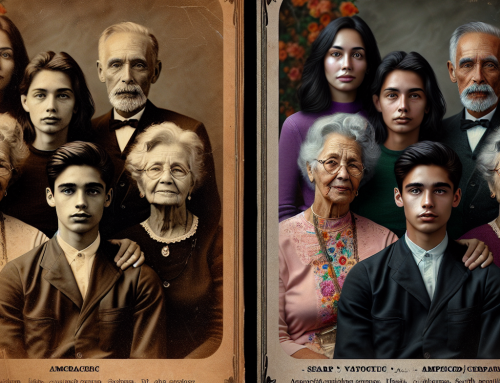
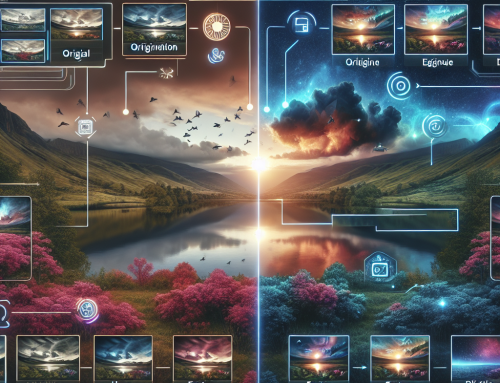
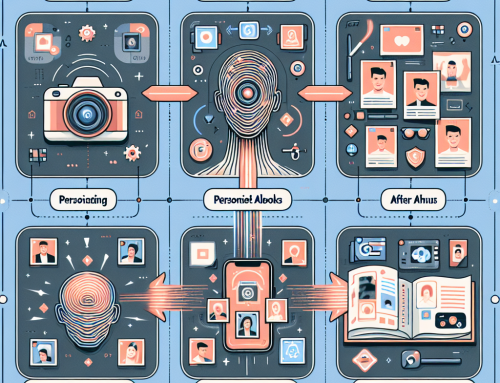
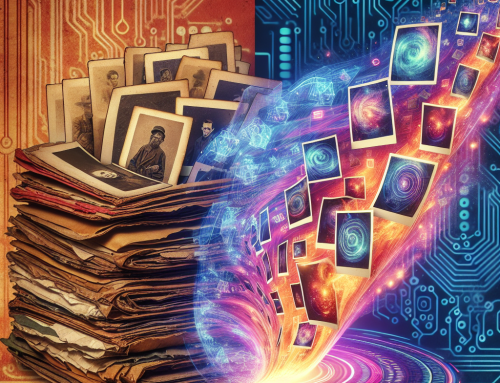
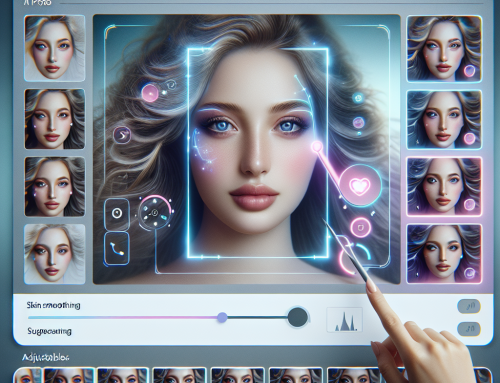
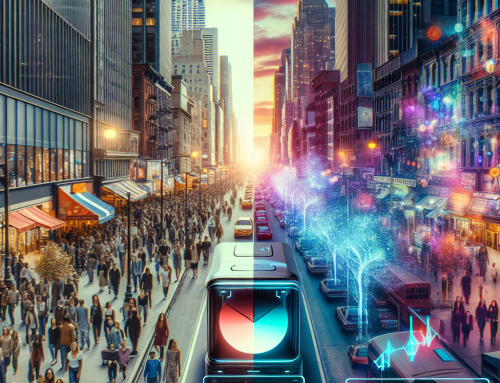
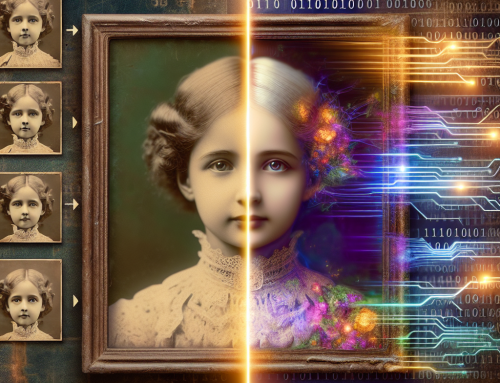
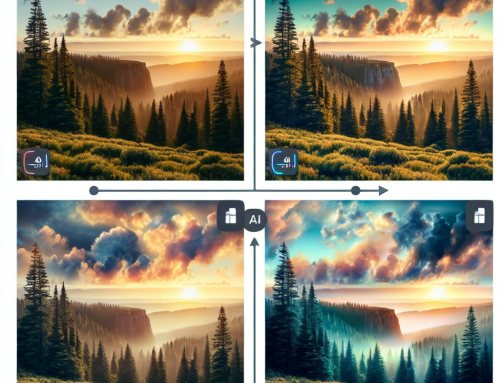
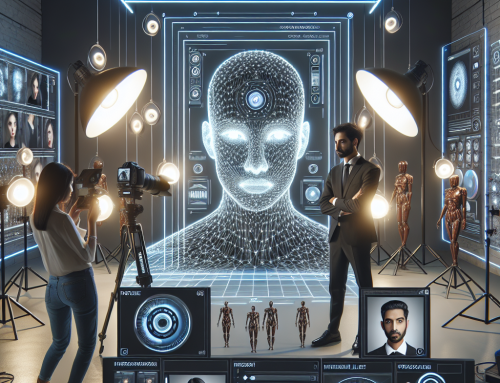
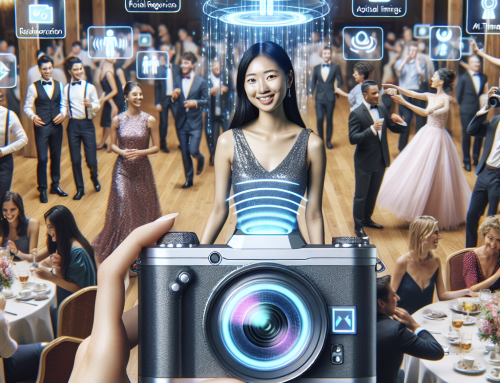


Leave A Comment